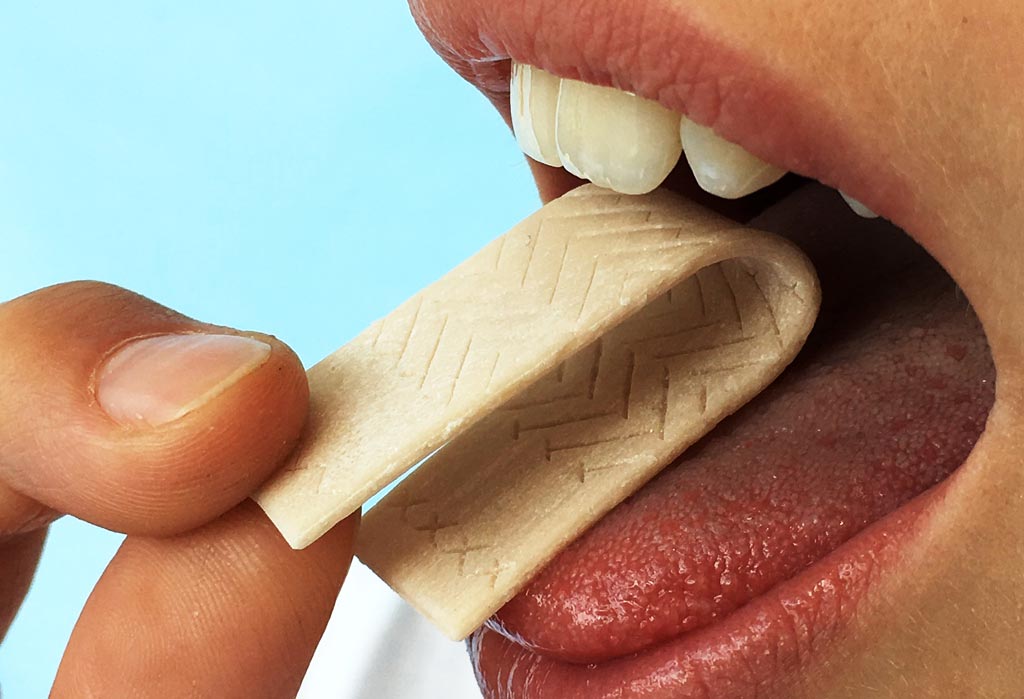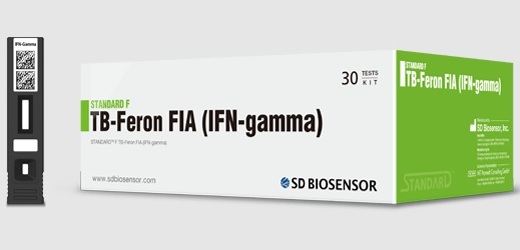Sensor Test Indicates Early Inflammation in Oral Cavity
By LabMedica International staff writers
Posted on 28 Aug 2017
Researchers have developed a novel rapid test using chewing gum and the tongue as a 24/7 detector, potentially providing a diagnostic device that could be used by nearly “anyone, anywhere, anytime”. Their first such gum was successful in using saliva samples to identify patients with dental implants who had early-stage inflammation due to bacterial infection. Expanding this platform technology to other diseases could also provide more efficient screening of large populations.Posted on 28 Aug 2017
Dental implants occasionally entail complications: in the years after receiving an implant 6-15% of patients develop an inflammatory response caused by bacteria, in the worst case destroying the soft tissue and bone around the implant. When the new test will be available (planned for in 2-3 years), patients would benefit from a simple, quick, and affordable method to assess whether they carry such bacteria.

Image: Researchers have developed a rapid test using a specialized chewing gum that enables the tongue to detect oral inflammation (Photo courtesy of Julius-Maximilians-University Würzburg).
The gum test was developed by a pharmaceutical research team at Julius-Maximilians-University Würzburg (JMU, Wurzburg, Germany) to provide early detection aimed at preventing serious complications. "Anyone can use this new diagnostic tool anywhere and anytime without any technical equipment," said Prof. Lorenz Meinel of JMU, who co-led the development with Dr. Jennifer Ritzer. Initial proof-of-principle studies using saliva of patients were conducted at Merli Dental Clinic in Rimini.
The scientific background: In the presence of inflammatory conditions, specific protein-degrading enzymes (matrix metalloproteinases) are activated in the mouth. While chewing the gum, these enzymes also rapidly break down the special ingredient in gum: peptide sensors consisting of a protease cleavable linker in between a bitter substance and a microparticle. When the peptide is cleaved, the bitter tasting substance is released and detected by the tongue. Patients can then visit their dentist who confirms the diagnosis and treats the disease.
Chewing gum rapid tests for other medical applications are presently under development. "We hope to be able to diagnose other diseases with our “anyone, anywhere, anytime” diagnostics to identify and address these diseases as early as possible," said Prof. Meinel.
The study, by Ritzer J et al, was published August 15, 2017, in the journal Nature Communications.
Related Links:
Julius-Maximilians-University Würzburg














